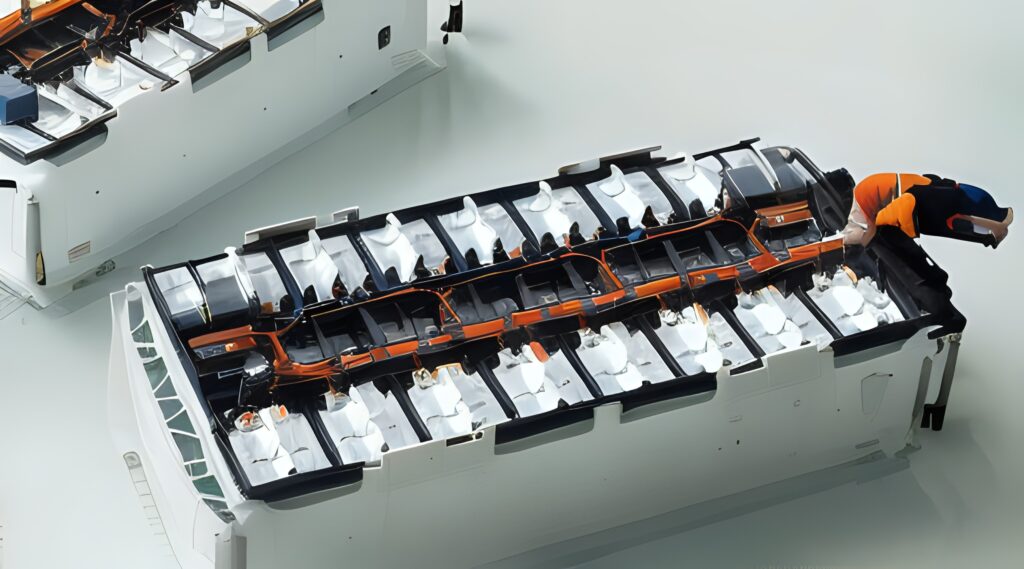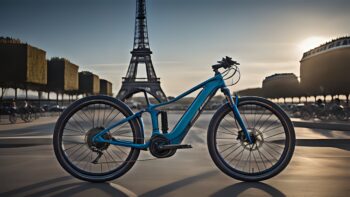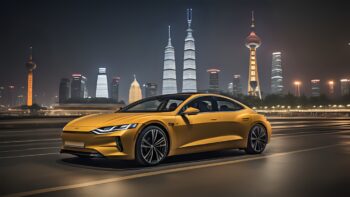
Electric Train Battery
Listing Category by product
Electric train battery manufacturers
In the emerging market of electric trains, electric train battery manufacturers are spearheading advancements to meet the growing demand for eco friendly rail transportation solutions worldwide. With a focus on developing high-performance, long-lasting batteries, these companies are driving innovation in the industry. Their commitment to energy efficiency and reliability is ready to transform the way we travel by train, offering a cleaner and more sustainable alternative to traditional diesel-powered locomotives and contributing to a greener future for transportation infrastructure globally.
Exploring electric train battery
Electric trains are an integral part of modern mass transportation systems, and their batteries play a crucial role in ensuring their efficiency and reliability. Here’s what you need to know about the electric train battery:
- Battery types: Electric trains typically use two main types of batteries: traction batteries and auxiliary batteries. Traction batteries provide power to the train’s electric motors for propulsion, while auxiliary batteries supply electricity for onboard systems such as lighting, ventilation, and control systems.
- Traction batteries: Traction batteries in electric trains are often large-scale lithium-ion or nickel-cadmium batteries. These batteries store electrical energy from overhead lines or third rails during braking or from onboard diesel generators, which is then used to power the train’s electric motors for acceleration and propulsion.
- Auxiliary batteries: Auxiliary batteries in electric trains are usually smaller lead-acid or lithium-ion batteries. They provide backup power for essential onboard systems, ensuring continuous operation in case of power interruptions or emergencies.
- Hybrid systems: Some modern electric trains feature hybrid battery systems that combine traditional overhead line power with onboard batteries. These hybrid systems allow trains to operate autonomously on non-electrified sections of track, improving flexibility and reducing dependency on fixed infrastructure.
- Energy recovery: Electric trains employ regenerative braking systems to recover energy during braking. When the train slows down, the traction motors act as generators, converting kinetic energy into electrical energy, which is then fed back into the batteries or the overhead power supply for reuse.
- Charging infrastructure: Electric trains are typically charged from overhead lines, third rails, or charging stations located at stations or maintenance depots. Rapid charging technologies, such as pantograph-based systems or automatic charging pads, are also being developed to reduce charging times and improve operational efficiency.
- Environmental benefits: Electric trains powered by batteries offer significant environmental benefits compared to diesel-powered trains. They produce zero emissions during operation, contributing to improved air quality and reduced greenhouse gas emissions, thus helping to combat climate change and mitigate the impact of transportation on the environment.
- Future trends: Ongoing advancements in electric train battery technology, such as the development of high-energy-density batteries and solid-state batteries, are expected to further improve the performance and efficiency of electric train batteries. Additionally, initiatives to expand electrification infrastructure and promote sustainable transportation are driving the adoption of electric trains powered by advanced battery systems worldwide.
The electric train battery is an essential components of modern railway systems, enabling efficient, environmentally friendly, and sustainable transportation solutions for urban and intercity travel. With ongoing innovations and investments in battery technology, electric trains are ready to play an increasingly prominent role in the future of transportation.



